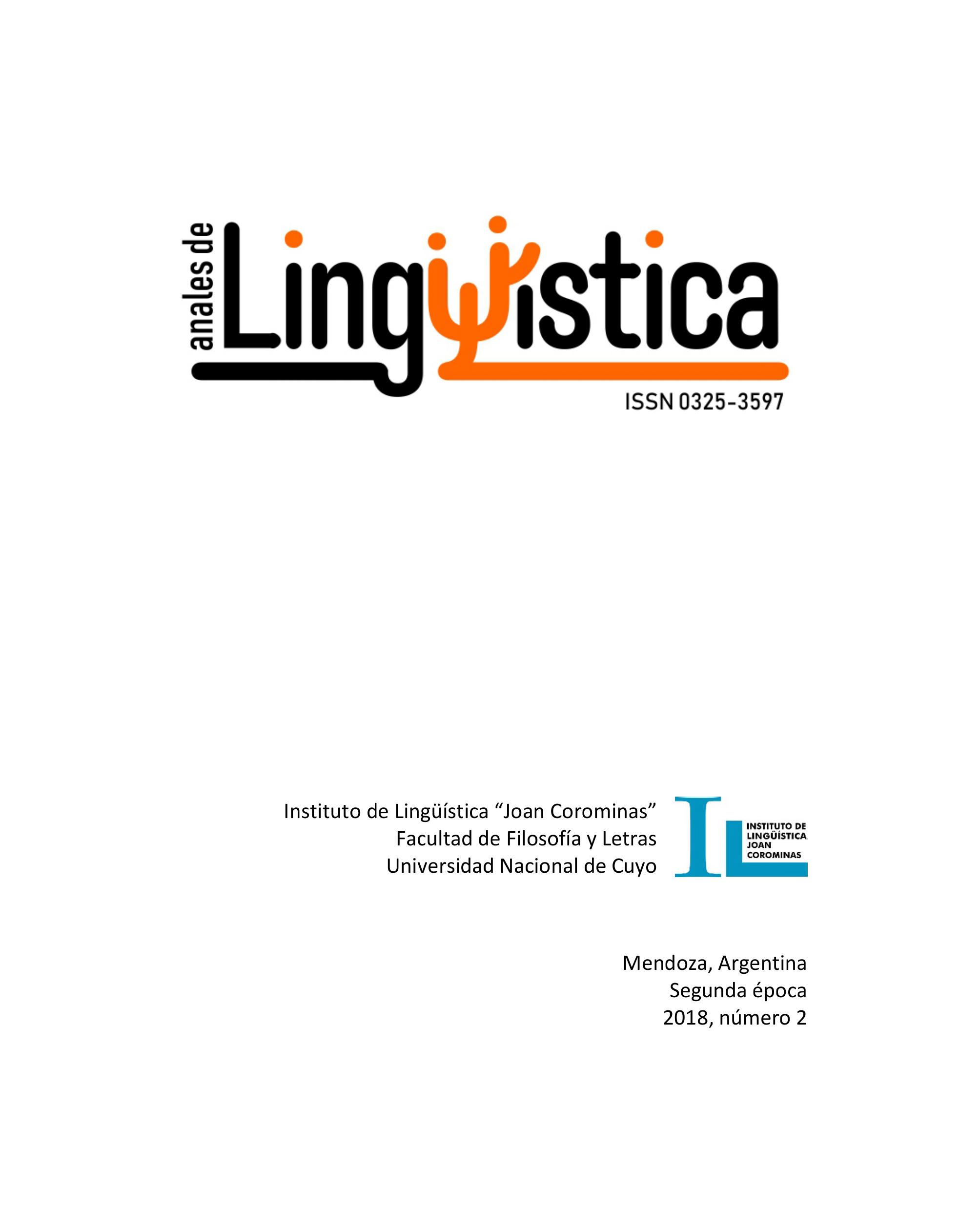Conceptual integration or blending in Últimas oraciones of Dionisio Salas Astorga
Keywords:
poem, mental spaces, conceptual integration, blendingAbstract
The eminently rhetorical-literary approaches that rely on the possibilities of language do not allow a finished account of more complex phenomena that involve literature as a particular production of an author and his cognition. Cognitive Linguistics, with its special attention on the semantic phenomena conceived as a result of the perception, the experience of the world and mental processes of association as generators of the construction of meaning, could clarify multiple textual and sense phenomena present in literary texts. The poetry of Dionisio Salas Astorga, literary referent of our time, stands out for a marked grammatical condensation that has a parallel in a semantic condensation. This allows us to hypothesize that, owing to the semantic-grammatical complexity of his texts, some of his poems would require an interpretation based on the theory of Conceptual Integration (Fauconnier & Turner, 1998; Fauconnier, 2002; 2005) for the reconstruction of its meaning. That is why, in this work we will try to make an interpretative reading of a poem from the book Últimas oraciones from the Conceptual Integration or blending theory (Fauconnier & Turner, 1998; Fauconnier, 2002; 2005).
References
Calderón Quindós, M.T. (2004). Integración Conceptual (Blending) en el discurso y la obra poética de Seamus Heaney. Tesis Doctoral. Universidad de Valladolid.
Dirven, M. y Verspoor, R. (1998). Cognitive Explorations of Language and Linguistics. Amsterdam: John Benjamins Publishing Company.
Eco, U. (1968). La estructura ausente. Barcelona: Lumen.
Hernández P. (2014). Apuntes para el curso Introducción a la Semántica cognitiva: la construcción del sentido, metáfora, metonimia e integración conceptual. Facultad de Filosofía y Letras, Universidad Nacional de Cuyo.
Fauconnier, G. (1994). (e. o. 1985). Mental Spaces: Aspects of Meaning Construction in Natural Language. Cambridge: Cambridge University Press.
Fauconnier, G. (2005). Fusión conceptual y analogía. Traducción de Eva Aladro. En: Cuadernos de Información y comunicación, 151-182. https://revistas.ucm.es/index.php/CIYC/article/download/CIYC0505 110151A/7296
Fauconnier, G., Turner, M. (1998). Conceptual Integration Networks.
Cognitive Science 22 (2), 133-187.
Fauconnier, G. y M. Turner (2002). The Way We Think: Conceptual Blending and the Mind’s Hidden Complexities, Nueva York, Basic Books. https://revistas.ucm.es/index.php/CIYC/article/download/CIYC0505 110151A/7296
Fauconnier, G. y M. Turner (2006). Mental spaces. Conceptual integration networks (Ch. 9: pp. 303-371). En: Geeraerts, Dirk, ed. Cognitive Linguistics: Basic Readings. Berlin / New York, Mouton de Gruyter.
Kerbrat- Orecchioni, C. (1983). La connotación. Buenos Aires: Hachette. Langacker, R. W. (2006). Cognitive Grammar. Introduction to Concept, Image,
and Symbol (Ch. 1: 29-67). En: Geeraerts, Dirk, ed. Cognitive
Linguistics: Basic Readings. Berlin / New York, Mouton de Gruyter.
Nordenflych, A. (2013) Prólogo (9-13). En: Salas Astorga, Dionisio (2013).
Últimas Oraciones. Mendoza, LunaRoja.
Zani, A. (2001). Mendoza-mujer, una concepción metafórica. Trabajo de investigación inédito. Maestría en Lingüística Aplicada. Facultad de Filosofía y Letras, Universidad Nacional de Cuyo.
Downloads
Published
How to Cite
Issue
Section
License

Esta obra está bajo una Licencia Creative Commons Atribución 2.5 Argentina.
Los/as autores/as que publican en esta revista están de acuerdo con los siguientes términos:
1. Los/as autores conservan los derechos de autor y garantizan a la revista el derecho de ser la primera publicación del trabajo bajo una licecncia Creative Commons Atribución 2.5 Argentina (CC BY 2.5 AR) . Por esto pueden compartir el trabajo con la referencia explícita de la publicación original en esta revista.
2. Anales de lingüística permite y anima a los autores a difundir la publicación realizada electrónicamente, a través de su enlace y/o de la versión postprint del archivo descargado de forma independiente.
3. Usted es libre de:
Compartir — copiar y redistribuir el material en cualquier medio o formato
Adaptar — remezclar, transformar y construir a partir del material para cualquier propósito, incluso comercialmente.






